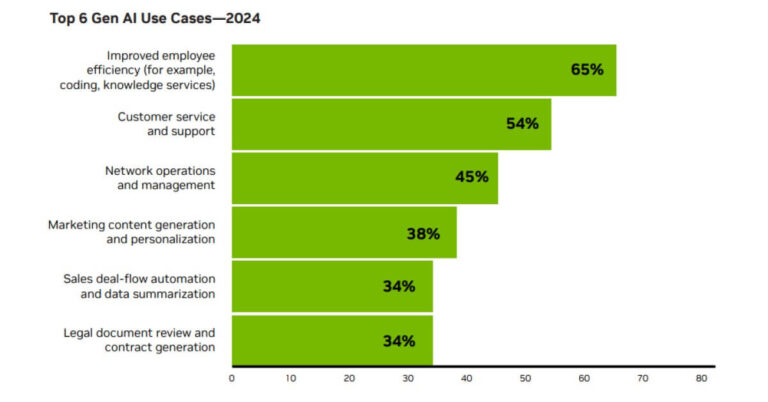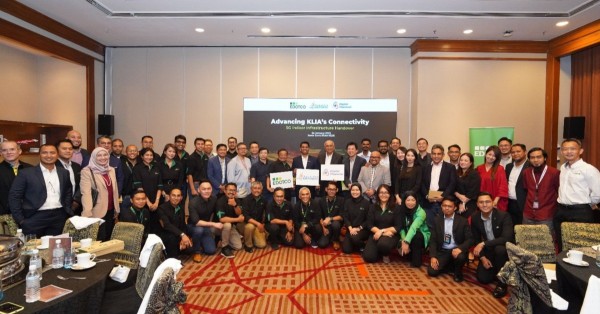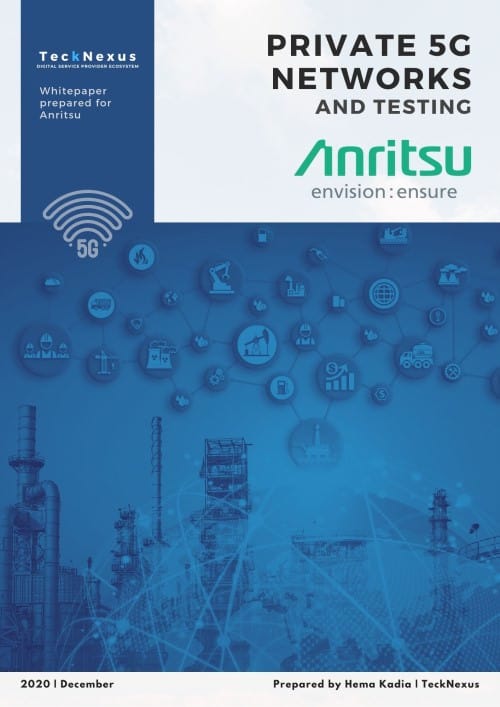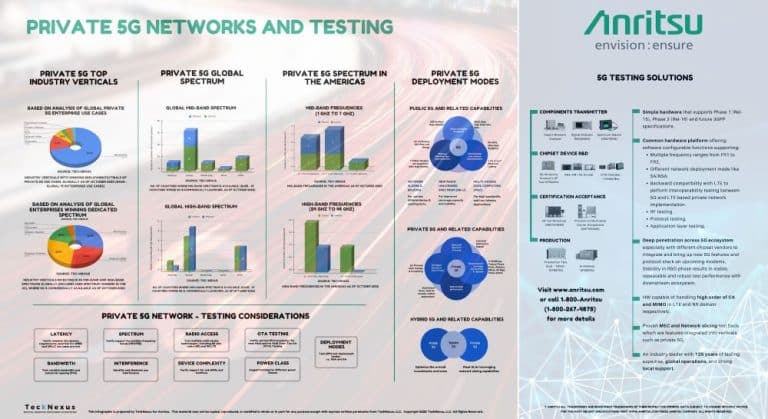Introduction: The Crux of the Spectrum Controversy
The Cellular Operators Association of India (COAI), the authoritative voice for India’s telecommunications industry, has recently sounded the alarm bell over the delicensing of the 6 GHz spectrum. Addressing concerns in a communique dated August 10, COAI articulated its apprehensions to the Department of Telecom (DoT) about how such a move could be detrimental to the imminent 5G and prospective 6G rollouts in the nation.
COAI’s Position: The Importance of 6 GHz Spectrum in India’s Telecom Landscape
COAI’s roster of industry stalwarts, including giants such as Bharti Airtel, Reliance Jio, and Vodafone Idea, emphasized their shared sentiment. They collectively underscored the significance of the 6 GHz spectrum, highlighting it as the paramount contiguous mid-band spectrum for International Mobile Telecommunications (IMT), one that hasn’t yet been earmarked for auctions. COAI Director General, SP Kochhar, stressed the future-centric importance of this spectrum, particularly as India formulates its strategy for the ambitious Bharat 6G initiative.
Delicensing Dilemma: Potential Repercussions for 5G and 6G
Delicensing this pivotal spectrum, Kochhar voiced, would be a significant setback to India’s telecommunications roadmap, potentially hindering the progression of 5G+ and the anticipated 6G technologies.
Economic Implications: A Revenue Perspective
One can’t sideline the monetary aspect of this issue. COAI has highlighted a looming revenue concern for the government should the 6 GHz band be made freely accessible, appeasing the requests of Wifi service providers. Echoing the industry’s perspective, Kochhar opined that optimally harnessing this spectrum would greatly benefit the nation and its citizens by enhancing the quality and reach of 5G services.
A Historical Overview: The DoT’s Decisions on Spectrum
Drawing a parallel with the past, COAI spotlighted the DoT’s 2018 decision to delicense 600 megahertz of the 5 GHz band. Interestingly, 255 MHz of this spectrum remains untapped, primarily attributed to the absence of a supporting device ecosystem. This unutilized spectrum presents an argument against further delicensing, with Kochhar emphasizing the potential wastage of an already limited and invaluable resource.
Speed Considerations: 5 GHz vs 6 GHz
Another point of contention stems from the speed capabilities. With Wifi speeds in the 5 GHz and 6 GHz bands topping at an identical 9.6 gigabits per second, there’s no discernible advantage for consumers. Delicensing the 6 GHz band, as a result, would curtail the spectrum crucial for 5G, hampering the exponential growth prospects of 5G and 6G, both foreseen as India’s broadband torchbearers.
The Future Spectrum Strategy: COAI’s Appeal to DoT and WPC
To mitigate these looming concerns, COAI has fervently appealed to the DoT and the Wireless Planning and Coordination Wing (WPC). They urge these entities to support the frequency range between 6425-7125 MHz in the 6 GHz band during the upcoming Asia Pacific Telecommunity Conference Preparatory Group for World Radiocommunication Conference 2023. Hosted by the United Nations’ International Telecommunications Union, this conference plays a pivotal role in dictating spectrum usage across different bands.
Conclusion: Looking Forward in the Spectrum Controversy
As the sixth APG meeting unfolds, culminating on August 19, COAI accentuates the need for clarity regarding the 6 GHz band’s lower segment, specifically 5925-6425 MHz, in IMT. A definitive stance on this issue is not just vital for industry certainty but is also instrumental in setting the stage for spectrum auctions that could redefine India’s telecommunication landscape.





















